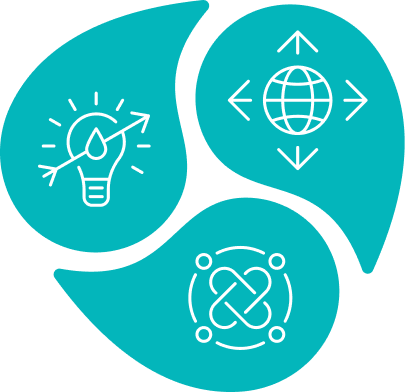Use participatory planning at the community level but try to involve stakeholder above the field level to influence the policy framework and to embed the field level activities within the policy framework.
 | IWRM Action Hub |
 Case study
Case study
 | IWRM Action Hub |
 Case study
Case study
WWF’s Yangtze Programme aims to restore the Yangtze as a living river by securing effective management of a significant area of wetlands in the central Yangtze basin over a period of 25 years. It includes restoration and ecotourism activities at Dongting Lake and integrated river basin management of Poyang Lake basin, using a combination of policy work and rehabilitation of ecological processes at demonstration sites. It is hoped that successes at both Dongting and Poyang Lakes will catalyse the adoption of similar approaches in the wider central Yangtze basin. WWF developed four pilot sites to demonstrate the benefits of wetland restoration for biodiversity, and to seek alternative income options for farmers, based on the sustainable use of wetlands, one of them is Xipanshanzhou polder. The project is addressing complex issues, such as changing the attitudes and lifestyles of farmers, and developing new markets for farm products. Farmers participated actively in the development and management of the project.
The project resulted in 40% income increase generated, chemicals and pesticides reduced. The polder covers 11 ha and 150 households are involved in the restoration programme. Through the success of the demo-sites, the project achieved a major result for scaling up the work to the entire lake area. Next to this the project has instigated the set up of a state level IRBM taskforce under the China development council. As input to the taskforce and on the basis of the successes in Dongting Lake, the project is currently working with the key stakeholders in Jiangxi to apply IRBM approaches in Poyang Lake basin, a sub basin of the Yangtze River Basin.
This project has produced the following outcomes:
Use participatory planning at the community level but try to involve stakeholder above the field level to influence the policy framework and to embed the field level activities within the policy framework.
Good field models that are developed in collaborative efforts of key stakeholders provide entrances to discuss other more controversial water management issues.
| Source URL: | https://beta.toolbox.venthic.com/case-study/china-wetland-restoration-through-developing-alternative-sources-income-farmers-yangtze |